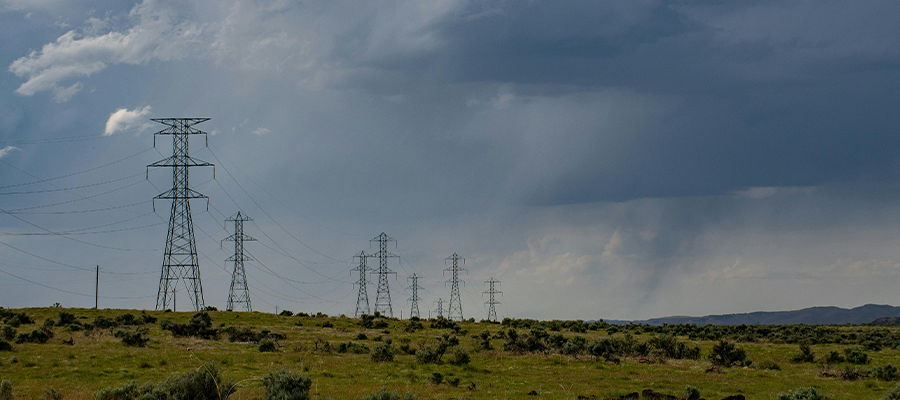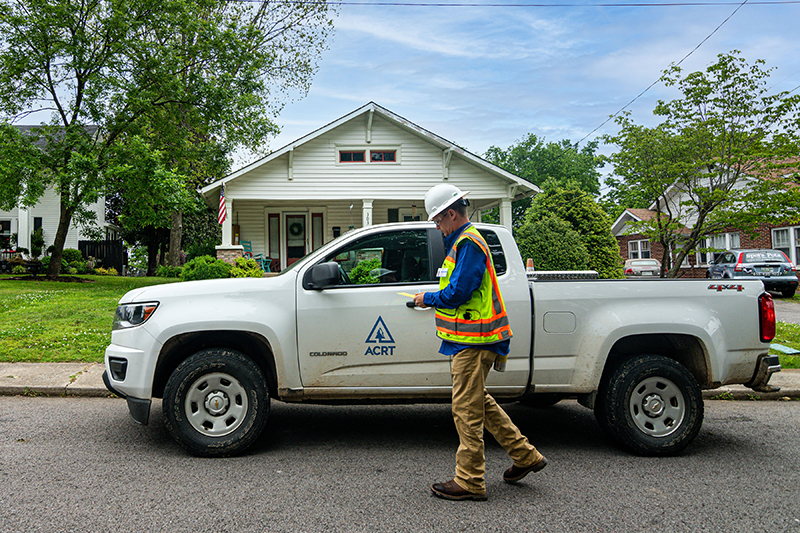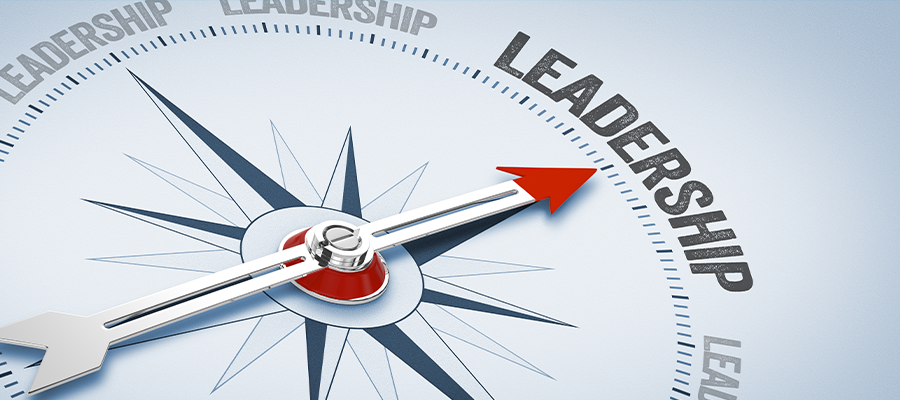- Vegetation Management Services
- Industries
- In Your Neighborhood
- About
- Careers
- Webinars
- Articles
Economic Costs of Utility Disruptions: Why Preparedness Matters

Economic Costs of Utility Disruptions: Why Preparedness Matters
As climate-driven natural disasters increase in frequency and intensity, utility disruptions have become a growing concern for economies worldwide. Beyond the immediate inconvenience, power outages caused by hurricanes, wildfires, floods, and other extreme weather events impose significant economic costs. These costs ripple through households, businesses, and critical infrastructure, highlighting the urgent need for utilities to prioritize disaster preparedness. This article explores the multifaceted economic consequences of utility disruptions and presents a cost-benefit analysis of investing in resilience and preparedness.

Know You’re Doing It Right
Get our UVM best practices overview now.
The Far-Reaching Economic Consequences of Utility Disruptions
The economic impact of power outages is not confined to the utility sector alone. It cascades through various domains, creating widespread disruptions and financial losses.
1. Direct Costs to Utilities
Utilities incur substantial expenses during disaster-induced power outages, including:
- Repairing or replacing damaged infrastructure such as poles, transformers, and transmission lines.
- Deploying emergency crews and resources to restore power.
- Procuring emergency power generation equipment to meet demand spikes. These costs are typically passed on to consumers through rate increases or absorbed into operating budgets, reducing funds available for modernization and resilience.
2. Business Interruption
Businesses, particularly those reliant on continuous operations like manufacturing, retail, and logistics, suffer significant financial losses during power outages.
- Revenue Loss: For instance, a major outage in California in 2019 resulted in business losses estimated at over $2 billion.
- Operational Disruption: Data centers, factories, and hospitals often rely on backup generators, but these systems are expensive to maintain and can fail under prolonged strain.
- Supply Chain Breakdown: Outages can halt production, delay shipments, and cause inventory spoilage, further exacerbating financial losses.
3. Household and Community Impact
The effects on households include:
- Direct Costs: Food spoilage, fuel for generators, and temporary relocation expenses.
- Health and Safety Risks: Vulnerable populations, such as the elderly or medically dependent individuals, face life-threatening situations during prolonged outages.
- Emotional and Psychological Strain: The disruption of daily life and prolonged uncertainty contribute to mental health challenges.
4. Strain on Critical Infrastructure
Power outages disrupt essential services:
- Healthcare: Hospitals and clinics struggle to maintain operations without reliable electricity.
- Water Supply: Pumping stations and treatment facilities may fail, leading to water shortages or contamination.
- Transportation: Traffic lights, train systems, and fuel stations depend on electricity, creating chaos during outages. The compounded impact on these systems can escalate the economic losses into billions.
5. Long-Term Economic Consequences
Extended power outages slow economic growth:
- Investment Deterrence: Persistent outages discourage business investments in affected regions.
- Insurance Costs: Increased claims lead to higher premiums, adding a financial burden to businesses and homeowners.
- Decreased Property Values: Regions prone to power outages experience declines in property market appeal.
Quantifying the Costs of Power Outages
The U.S. Department of Energy estimates that power outages cost the U.S. economy approximately $150 billion annually. Notable examples of individual disasters include:
- Hurricane Maria (2017): Puerto Rico experienced a near-total grid failure, with economic losses exceeding $90 billion.
- Texas Winter Storm (2021): Power outages caused $130 billion in damages, highlighting the vulnerabilities of underprepared systems. These figures underscore the need for proactive measures to reduce the economic toll of utility disruptions.
The Cost-Benefit Analysis of Disaster Preparedness
While preparedness requires a substantial upfront investment, the long-term economic savings, and societal benefits far outweigh the costs. Below are key preparedness measures and their economic advantages:
1. Infrastructure Hardening
- Upgrading transmission lines, undergrounding cables, and fortifying substations against extreme weather are proven strategies.
- Economic Advantage: Florida Power & Light reported a 50% reduction in repair costs and outage durations after investing billions in grid hardening over the past decade.
2. Vegetation Management
- Clearing tree limbs and vegetation near power lines prevents outages during storms.
- Economic Advantage: Effective vegetation management saves millions annually in emergency repair costs.
3. Advanced Technologies
- Smart Grids: Sensors and automation technologies enable rapid detection and isolation of faults, reducing outage durations.
- Distributed Energy Resources (DERs): Localized systems like microgrids and solar power with battery storage maintain power during centralized grid failures.
- Economic Advantage: Studies indicate that grid modernization investments yield a 20–40% reduction in outage costs.
4. Community Resilience Initiatives
- Investments in community-level backup systems, such as microgrids or community shelters with reliable power, enhance recovery efforts.
- Economic Advantage: These systems significantly reduce the societal costs of prolonged outages, such as emergency evacuations and public health crises.
5. Workforce Preparedness
- Training utility workers for disaster scenarios ensures efficient recovery.
- Economic Advantage: Faster response times minimize downtime and associated economic losses.
Return on Investment for Preparedness
The financial prudence of disaster preparedness is well-documented. The National Institute of Building Sciences estimates that every dollar invested in resilience measures yields an average of $6 in future savings. Similarly, utility companies that have adopted advanced technologies and proactive strategies report measurable reductions in outage durations, repair costs, and customer disruptions.
Conclusion
The economic consequences of power outages caused by natural disasters are far-reaching, affecting households, businesses, and critical infrastructure. These disruptions often result in billions of dollars in losses, much of which could be mitigated through strategic investments in disaster preparedness. By prioritizing infrastructure hardening, implementing advanced monitoring technologies, and fostering strong community partnerships, utility companies can reduce the impact of outages and ensure long-term reliability and economic stability.
As a trusted partner in utility resilience, ACRT specializes in delivering innovative solutions like vegetation management, training programs, and risk assessment strategies to help utilities prepare for and respond to natural disasters. To learn how ACRT can support your organization in building a more resilient and reliable utility system, contact us today. Together, we can proactively address the challenges of tomorrow.
Related Articles

Servant Leadership in Utility Vegetation Management By C. Troy Ross, President, ACRT and ACRT Pacific On a chilly Monday morning, a utility vegetation management crew gathers for their weekly briefing. Instead of launching into instructions, their supervisor begins by asking each team member how they’re doing. One mentions a child’s illness, another shares excitement about[...]
Read More
Turning Vegetation Waste into Opportunity By Aana Agrawal, Sustainability and Resilience Manager, EnviroScience The utility vegetation management (UVM) sector plays a crucial role in ensuring the smooth transmission of power across regions and cities by keeping plant growth under control within the vicinity of transmission and distribution lines. However, unrefined vegetation maintenance practices often focus[...]
Read More
Reflections from Will Nutter Silver Shield Award Recipients By Bob Urban, Senior Manager, ACRT Services In an industry where the stakes are high and every decision can have life-altering consequences, leadership in utility arboriculture isn’t just a managerial function; it’s a calling. Nowhere is this more evident than in the recipients of the Will Nutter[...]
Read More
The Electric Butterfly: Reconnecting with Nature on the Edges By Ryan Meccage, Business Development Manager, ACRT Services In an age dominated by smartphones, constant connectivity, and algorithm-driven content, we’ve never been more digitally immersed. Yet somehow, we’ve also never felt so far removed from the natural world beneath our feet. The urge to step away[...]
Read MoreRecent Posts
- Alex Fields Awarded ACRT Safety Challenge Coin 20th Nov 2025
- Servant Leadership in Utility Vegetation Management 12th Nov 2025
- ACRT Honors Our Veterans 10th Nov 2025
- Anna Davis Awarded Safety Challenge Coin 04th Nov 2025
- ACRT Senior Consulting Utility Forester Recognized as Safety Superstar 15th Oct 2025
Categories
The Leader In Vegetation Management
We are all about people, and we put safety first. Ready to work with our well-trained team?